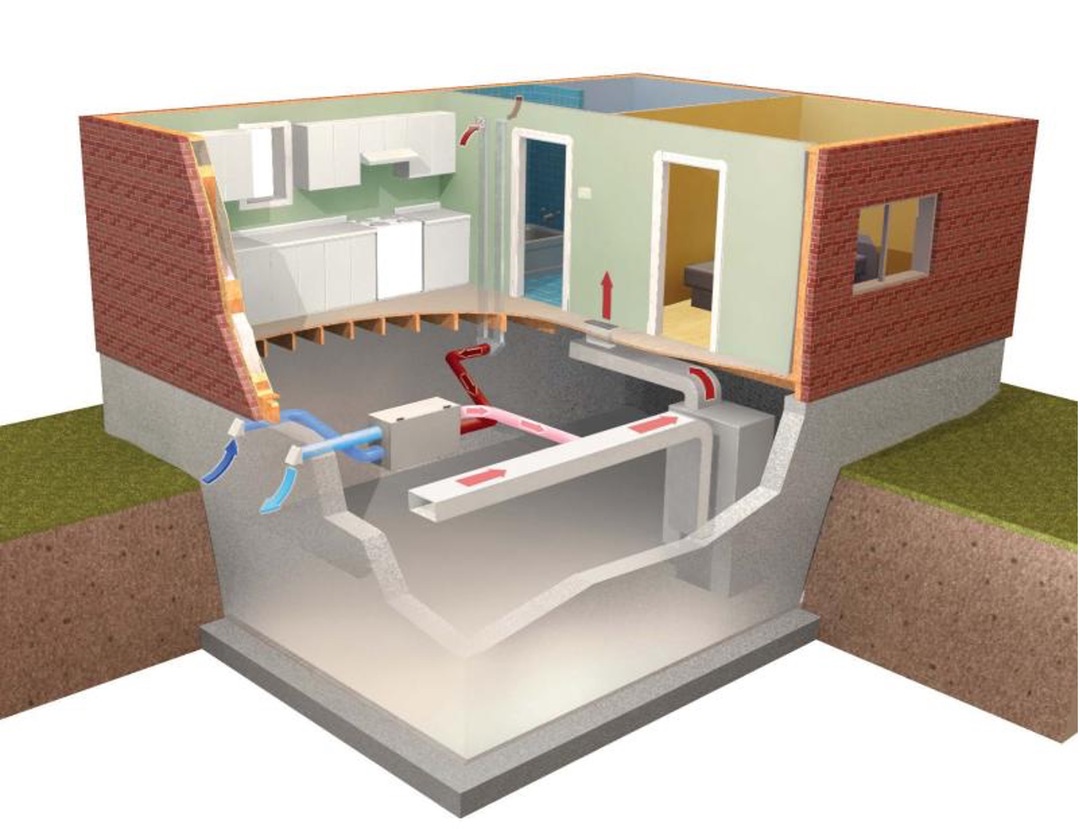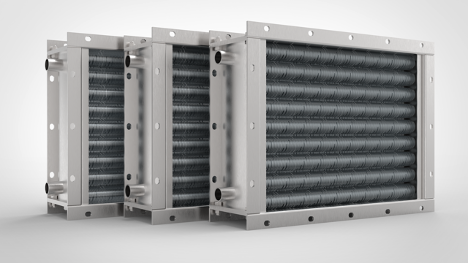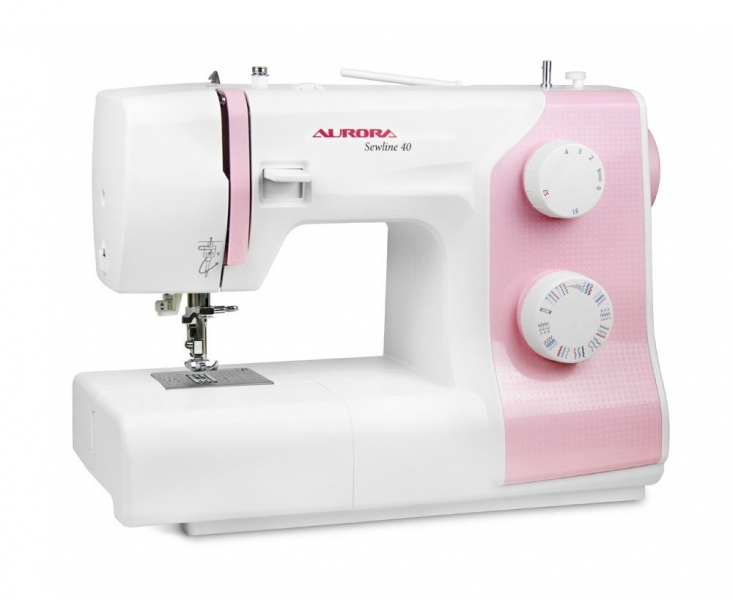Designing an efficient heating system requires accurate calculation of the heater power. A water heater, which is a key element in heating and ventilation systems, requires a careful approach to calculating its power for optimal operation.

The content of the article
- Where is a water heater used?
- Water heater calculation
- Electric heater power calculation
- Useful online resources for calculations
- What errors can lead to
- Conclusion
Where is a water heater used?
Water heaters are widely used in heating and ventilation systems of various buildings, including industrial facilities, office complexes, residential buildings and public institutions. They are effective for creating a comfortable microclimate in large rooms, ensuring uniform heating of the air.
Water heaters are also used in central heating systems, where they are connected to the existing hot water supply system. Their advantage is their high efficiency and the possibility of using them as an additional heat source in combination with other heating devices.
Water heater calculation
When calculating a water heater, the volume of water passing through it and temperature parameters are taken into account. The main task is to determine the amount of heat required to effectively heat water and maintain the required temperature in the room.
Basic formulas for calculating heater power:
- Q = V * ρ * Cp * ΔT, where Q – heater power (W), V – air volume (m³/s), ρ – air density (kg/m³), Cp – specific heat capacity of air (J/(kg °C)), ΔT – temperature difference before and after the heater (°C).
- For electric heaters: P = U * I, where P is power (W), U is voltage (V), I is current (A).
The heat transfer coefficient of a heater plays an important role in determining its efficiency. This coefficient helps determine how efficiently the device transfers heat from the heating element to the air or water.
Electric heater power calculation
Calculating the power of an electric heater is an important process that requires accuracy and attention to detail. The power of the heater is determined based on the volume of the room that needs to be heated and the desired temperature. First, you should consider the volume of the room. The calculation is made by multiplying the length, width and height of the room. The standard requirement is approximately 100 W per 1 cubic meter of space. Thus, for a room with a volume of 20 cubic meters, a heater with a power of about 2000 W will be required.
Secondly, the thermal insulation of the room should be taken into account. Rooms with poor thermal insulation require more powerful heaters to maintain a comfortable temperature. It is also important to consider the presence of additional heat sources, such as solar radiation or operating equipment, which may reduce the need for additional heating.
Thirdly, it is important to take into account climatic conditions and the frequency of use of the air heater. In regions with colder climates or in case of constant use of a heater, you should choose models with a higher power. This guarantees efficient and economical heating even on the coldest days.

Useful online resources for calculations
To accurately calculate the power of an electric heater, you can use various online resources. Below are a few such resources to help with your calculations:
- Ventlux.ru is an online calculator. It allows you to calculate the heat consumption of the heater or its power in kW. The calculation is carried out using the formula Q = L ∙ ρ ∙ c ∙ (t n – t p), where L is the air flow rate, ρ is the air density, c is the specific heat capacity of the air, and (t n – t p) is the temperature difference.
- Zao-tst.ru offers an online calculator for calculating the power of electric heaters. It calculates the required power of the electric heating module, taking into account the prevailing conditions and the volume of air passing through the heater.
- 100calc.ru also provides an online calculator for independently calculating the required heater power. The calculation formula is similar to the previous ones; it includes air mass flow, air density, specific heat capacity of air and temperature difference.
- Center-pss.ru offers a simple online calculator for calculating the power of a heater. It uses a simple mathematical formula that takes into account the air flow of the ventilation system. It also allows you to take into account the temperature difference at the inlet and outlet of the heater.
These tools provide a useful and accurate means for calculating the power of air heaters. And this, believe me, is very important for ensuring efficient and safe heating of premises.
What errors can lead to
The consequences of incorrect calculations can cost you dearly. For example, underestimating the required power leads to insufficient heating of the room. And this can cause discomfort for people living or working there. In addition, the heater will work to the limit of its capabilities. By the way, this increases the risk of breakdown and shortens the service life of the equipment.
Overestimating power, in turn, will lead to excessive energy consumption, which is uneconomical and unwise from an environmental point of view. In addition, excessive heating can create an excessively hot and uncomfortable indoor atmosphere. This also has a negative impact on people's health and well-being.
In addition, using a heater with the wrong power may be unsafe. For example, if you use a device with excessive power in a poorly wired room, there is a risk of a short circuit or even a fire. This emphasizes the importance of an accurate and responsible approach to choosing the power of the heater.
Conclusion
Accurate calculation of heater power is critical to ensuring the efficiency of the heating system. It allows not only to provide the required level of heat, but also to optimize energy consumption, ensuring economical and environmentally friendly operation.


